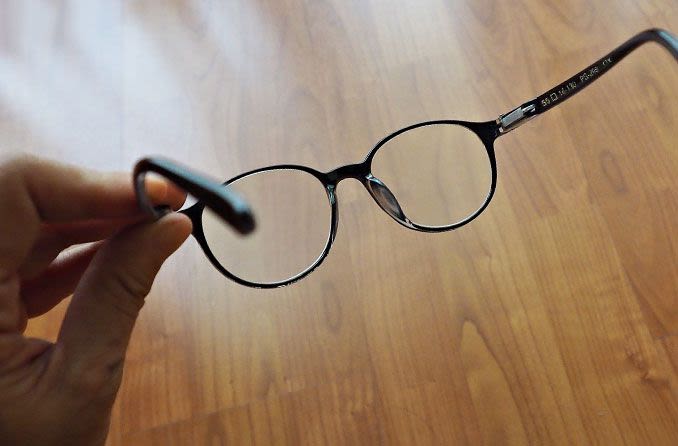What do the numbers on your eyeglass frames mean?

If you look closely, you will see three numbers stamped on the inside of your eyeglasses. These numbers usually appear on the inner surface of one of the frame temples (the long stems of the frames that hold your glasses in place behind your ears).
These numbers describe the size of your eyeglass frames, specifically:
The eye size (the size of the openings in the frame for the lenses)
The bridge size (distance between the lenses)
The temple length
All three of these measurements are specified in millimeters (mm).
For example, let's say you see these three numbers on the inside of your frames: 48-19-140.
The first number — the eye size — represents the horizontal width of the lenses. In this case, the openings in the frame for the lenses are 48 mm wide. Generally, the eye size of most eyeglass frames ranges from 40 mm to 62 mm.
The second number — the bridge size — is the distance between the lenses. In other words, it's the size of the "bridge" of the frame that rests on your nose. In this case, the frame bridge is 19 mm wide. In most cases, the bridge size of eyeglass frames ranges from 14 mm to 24 mm.
The third number — the temple length — is the length of the "stems" of the frame, measured from the frame hinge to the back tip of the temple. In this case, the temple length is 140 mm. Temple lengths generally range from 120 mm to 150 mm.
Often a small square (rather than a dash) will separate the eye size and the bridge size on the frame.
In addition to the eye size, bridge size and temple length, you may see other numbers (or letters and names) stamped on the inside of the frame. These usually designate the frame model and/or the color of the frame.
Be aware that two frames that have identical frame sizes may fit differently, depending on the style of the frame. (Read more about eyeglass sizes.)
To choose glasses that look great and also fit well, visit an eye doctor or optical retailer near you.
Page published on Monday, December 30, 2019






